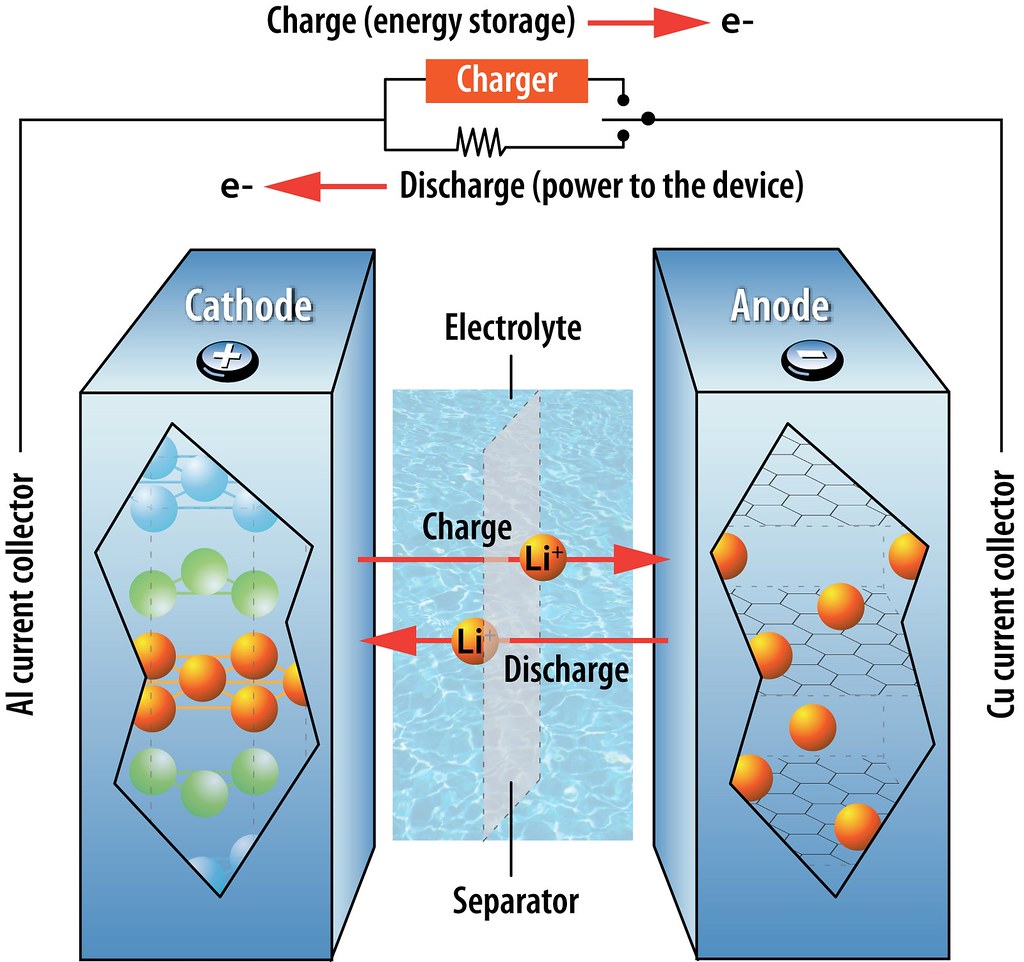One of the key components of the National Rural Health Mission is to provide every village in the country with a trained female community health activist 'ASHA' or Accredited Social Health Activist. Selected from the village itself and accountable to it, the ASHA will be trained to work as an interface between the community and the public health system. Following are the key components of ASHA:
- ASHA must primarily be a woman resident of the village married/ widowed/ divorced, preferably in the age group of 25 to 45 years.
- She should be a literate woman with formal education up to class eight. This may be relaxed only if no suitable person with this qualification is available.
- ASHA will be chosen through a rigorous process of selection involving various community groups, self-help groups, Anganwadi Institutions, the Block Nodal officer, District Nodal officer, the village Health Committee and the Gram Sabha.
- Capacity building of ASHA is being seen as a continuous process. ASHA will have to undergo series of training episodes to acquire the necessary knowledge, skills and confidence for performing her spelled out roles.
- The ASHAs will receive performance-based incentives for promoting universal immunization, referral and escort services for Reproductive & Child Health (RCH) and other healthcare programmes, and construction of household toilets.
- Empowered with knowledge and a drug-kit to deliver first-contact healthcare, every ASHA is expected to be a fountainhead of community participation in public health programmes in her village.
- ASHA will be the first port of call for any health related demands of deprived sections of the population, especially women and children, who find it difficult to access health services.
- ASHA will be a health activist in the community who will create awareness on health and its social determinants and mobilise the community towards local health planning and increased utilisation and accountability of the existing health services.
- She would be a promoter of good health practices and will also provide a minimum package of curative care as appropriate and feasible for that level and make timely referrals.
- ASHA will provide information to the community on determinants of health such as nutrition, basic sanitation & hygienic practices, healthy living and working conditions, information on existing health services and the need for timely utilisation of health & family welfare services.
- She will counsel women on birth preparedness, importance of safe delivery, breast-feeding and complementary feeding, immunization, contraception and prevention of common infections including Reproductive Tract Infection/Sexually Transmitted Infections (RTIs/STIs) and care of the young child.
- ASHA will mobilise the community and facilitate them in accessing health and health related services available at the Anganwadi/sub-centre/primary health centers, such as immunisation, Ante Natal Check-up (ANC), Post Natal Check-up supplementary nutrition, sanitation and other services being provided by the government.
- She will act as a depot older for essential provisions being made available to all habitations like Oral Rehydration Therapy (ORS), Iron Folic Acid Tablet(IFA), chloroquine, Disposable Delivery Kits (DDK), Oral Pills & Condoms, etc.
- At the village level it is recognised that ASHA cannot function without adequate institutional support. Women's committees (like self-help groups or women's health committees), village Health & Sanitation Committee of the Gram Panchayat, peripheral health workers especially ANMs and Anganwadi workers, and the trainers of ASHA and in-service periodic training would be a major source of support to ASHA.

 |
| Support Mechanism for ASHA ROLE of Auxilliary Nurse Midwives (ANM)   |
|








.jpg)


